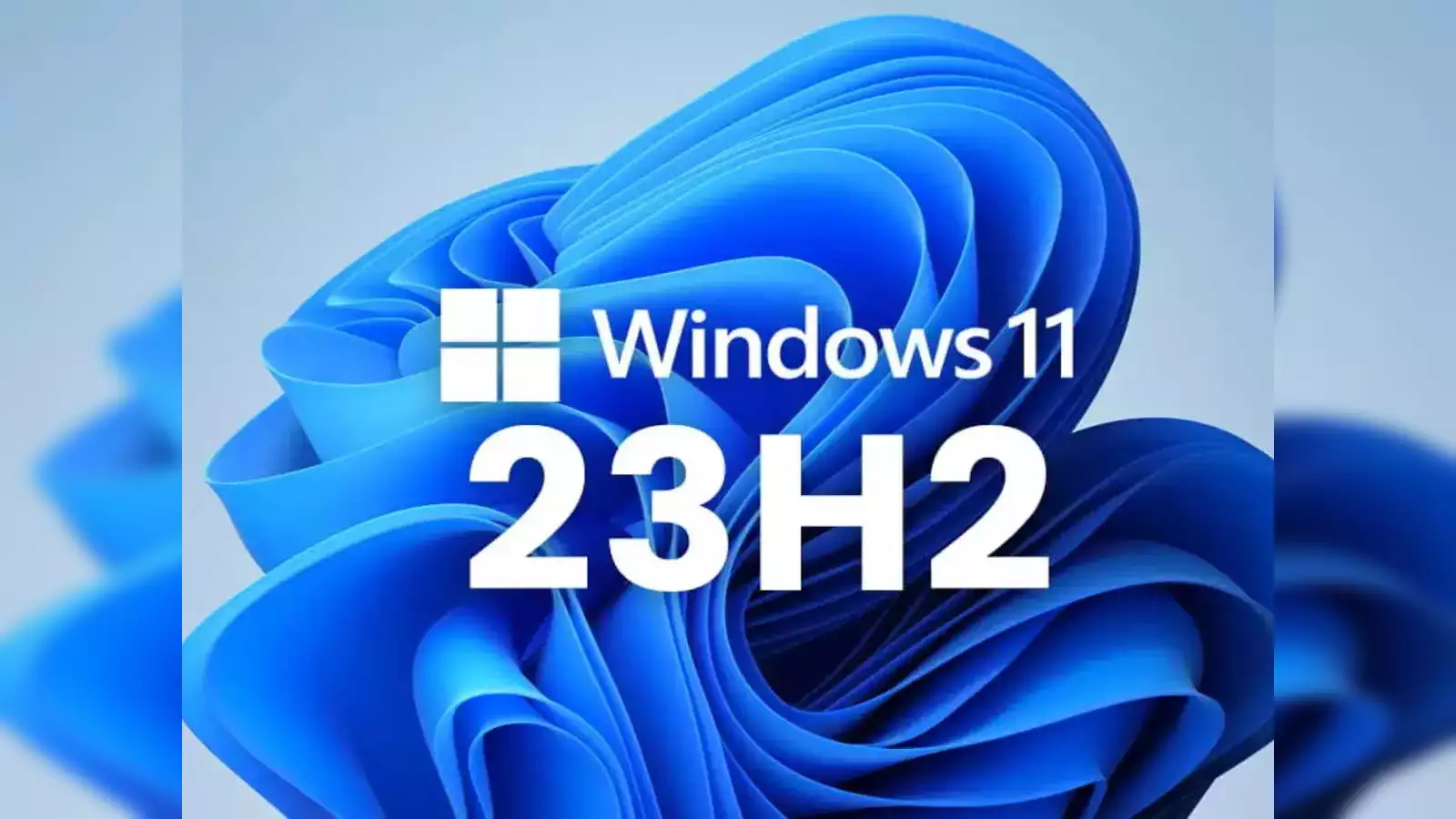
Windows 11 23H2: Exploring the Latest Features
By Adedayo Oyetoke, Published on: October 3rd 2024 5 min, 802 word Views: 791
With the continuous evolution of technology, Microsoft has consistently raised the bar with its operating system releases. The latest update, Windows 11 version 23H2, follows suit, bringing a blend of refinement and innovation aimed at enhancing user experience, improving system performance, and integrating modern features like AI and enhanced security.
In this article, we'll explore the key highlights of the 23H2 update, compare it to its predecessor 22H2, and assess its significance in the broader landscape of operating systems.
To learn more about the role of OS in the modern computing landscape, check out our detailed article on Operating Systems on Wireless Terminal.
Key Changes in 23H2
AI-Powered Features
A key standout in the 23H2 update is the deeper integration of artificial intelligence (AI). Microsoft has embedded AI-powered tools within the OS to offer more intuitive user interactions. One notable example is the Copilot AI, which assists users across various tasks—whether it’s managing system resources, generating suggestions, or aiding with complex functions like coding and automation. This enhancement elevates productivity, making daily operations smoother and more efficient.
Another exciting AI in Windows 11 -based feature is the improved Windows Studio Effects, a feature that uses AI for automatic background blur, eye contact, and voice focus in video calls, perfect for the hybrid work environment.
For a closer look at AI integration in modern systems, read more about AI's role in computing on Microsoft's official blog.
Security Enhancements
With the rising threat of cyber attacks, security improvements in 23H2 take center stage. Microsoft introduces smart app control, which blocks potentially harmful apps from running, even before they are installed. Additionally, there’s enhanced ransomware protection and memory integrity checks for improved system defense.
These enhancements align with trends across modern OS platforms. For a broader context on security in operating systems, check out QNX: The Unsung Hero of Embedded Systems.
UI Tweaks and Taskbar Changes
The 23H2 update offers a more polished user interface, with subtle yet impactful tweaks. The taskbar is more customizable, allowing users to pin their most-used apps and offering new gestures for touch-based systems. There’s also a return of the system tray clock seconds display, a small but highly requested feature by users. These changes are geared towards improving both aesthetics and usability.
For a historical perspective on how Windows’ UI has evolved, you might enjoy our analysis of The Shortcomings of Windows Vista.
User Experience
Windows 11 has always placed user experience at the forefront, and 23H2 continues this trend with a focus on personalization and user control. Users now have access to dynamic wallpapers, which adapt to the time of day, creating a visually pleasing environment. Furthermore, the revamped Action Center consolidates key notifications, settings, and quick actions, offering a more streamlined experience.
For professional users, Snap Layouts are more advanced, enabling seamless multitasking with better AI-driven suggestions based on usage patterns. Whether you're switching between work and entertainment or managing multiple projects, these features offer smoother transitions and save valuable time.
If you’re curious about how other operating systems enhance user experiences, you can explore Specialized OSes for Creative Professionals.
Performance Enhancements
Optimized Resource Management
A major complaint among Windows users historically has been resource hogging. With 23H2, Microsoft has fine-tuned the OS to ensure it runs more efficiently, particularly on devices with limited hardware. The kernel scheduler has been improved, ensuring better management of multi-core processors, which leads to faster load times and smoother operation even when multitasking.
Battery Life Improvements
For laptops and hybrid devices, battery life is a critical factor. The 23H2 update introduces power efficiency features that intelligently balance performance and battery consumption. Enhanced sleep states and modern standby features allow devices to save energy without compromising responsiveness.
Check out Microsoft's official page on Windows 11's performance improvements for detailed insights into how these changes help improve system stability and efficiency here.
Conclusion
The Windows 11 version 23H2 update is a robust package of AI integration, security enhancements, performance upgrades, and user-centric tweaks. It marks another milestone in Microsoft’s journey to craft an operating system that not only meets modern computing demands but also anticipates future needs.
When comparing 22H2 and 23H2, it's clear that 23H2 places a heavier emphasis on AI capabilities, more granular control for users, and expanded security features. For users wondering about support timelines, Windows 11 23H2 will enjoy extended support, just like its predecessor, with feature updates and security patches rolling out until at least October 2025.
While 24H2 may potentially build on these innovations, the 23H2 update offers plenty for users to explore today, especially in areas like performance, security, and usability. Whether you’re a power user or a casual Windows enthusiast, 23H2 is an update that enhances the Windows experience across the board.
For a more in-depth comparison between Windows versions, be sure to check out our article on Windows 10 vs Windows 11.
